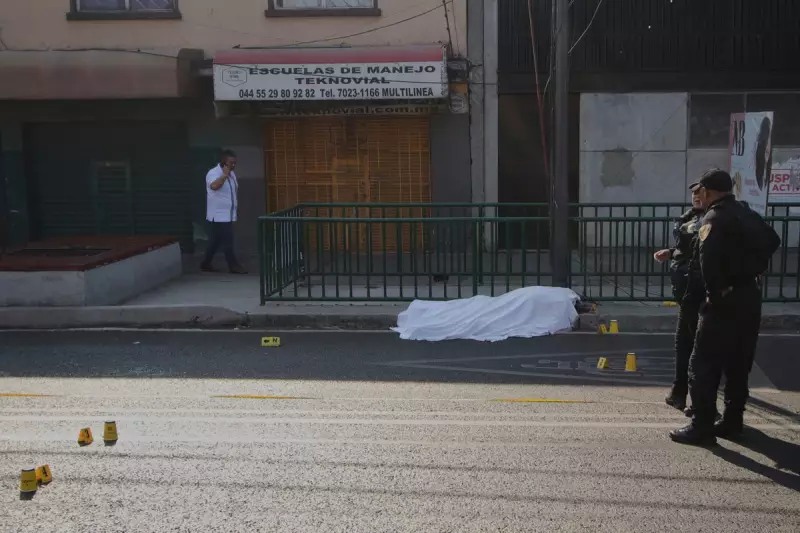
One of the world's largest metropolitan areas is teetering on the brink of a catastrophic water emergency. Mexico City, home to nearly 22 million people, is confronting its most severe water shortage in decades, with officials scrambling to avert a total collapse of the supply system.
The crisis centres on the critically low levels of the Cutzamala System, a complex network of reservoirs, treatment plants, and pipelines that provides about 25% of the water used by the Valley of Mexico. Recent data shows the system's reservoirs are at a shockingly low 30% of their capacity, a historic low that has triggered alarm across the city.
A Looming 'Day Zero'
Local authorities have been forced to implement significant restrictions, reducing water pressure from the Cutzamala System. The situation is so dire that experts are openly discussing the possibility of a 'Day Zero'—a point where the city's water infrastructure can no longer deliver water to homes, forcing residents to rely on emergency deliveries from tanker trucks.
This nightmare scenario, previously experienced by Cape Town, South Africa, in 2018, would represent a monumental failure of urban planning and resource management.
Roots of the Crisis
The current emergency is not due to a single cause but a perfect storm of compounding factors:
- Prolonged Drought: Years of below-average rainfall, exacerbated by climate change, have failed to replenish reservoirs.
- Geographical Challenges: Mexico City was built on a former lakebed, making it inherently prone to sinking (subsidence), which damages water pipes and causes massive leakage.
- Inefficient Infrastructure: An ageing and poorly maintained network is estimated to lose up to 40% of its water through leaks, a devastating loss in the face of scarcity.
- Rapid Urbanisation: Unchecked growth has placed unsustainable demand on limited water resources, overwhelming the existing system.
Impact on Daily Life
For millions of residents, the crisis is already a daily reality. Many neighbourhoods, particularly those on the city's periphery, have lived with irregular water access for years. The current shortages are now affecting more central areas, heightening anxiety and forcing families to adopt extreme conservation measures.
The city's government is urging people to reduce their water consumption drastically. However, the responsibility for fixing the systemic issues lies with a complex web of local and national authorities, who have been criticised for a lack of long-term planning and investment in sustainable solutions like wastewater treatment and rainwater harvesting.
As the hot, dry season approaches, the threat of 'Day Zero' grows more palpable. The plight of Mexico City serves as a stark warning to megacities worldwide about the urgent need to manage water resources sustainably in an era of climate uncertainty.





